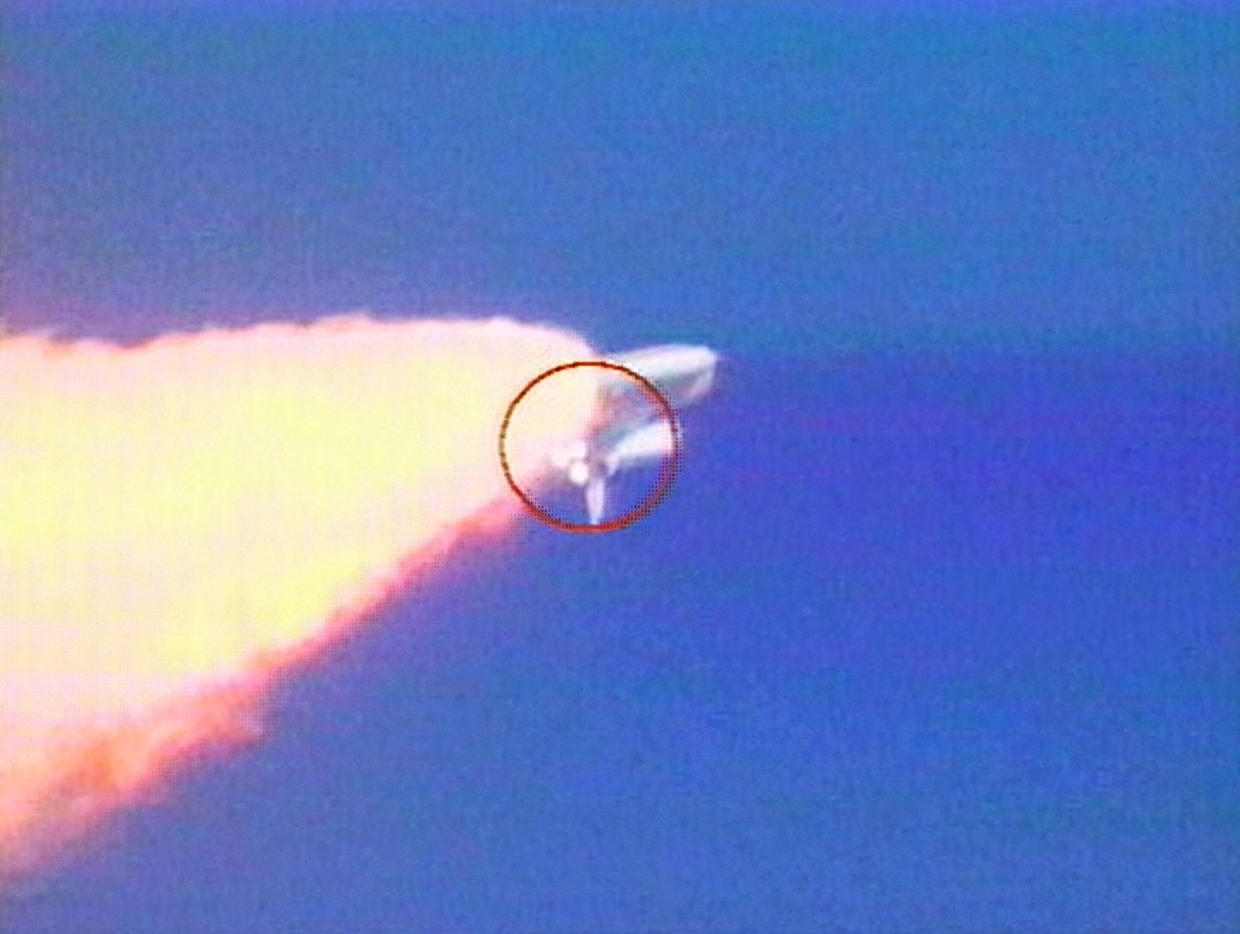

The orbiter weighed 178,000 pounds with its main engines installed.Ĭolumbia was the first orbiter to undergo the scheduled inspection and retrofit program. SCA Ferry flight from Kelly AFB to Eglin AFB, FloridaĪuxiliary Power Unit hot fire tests, OPF KSCĬolumbia is commonly referred to as OV-102, for Orbiter Vehicle-102. SCA Ferry flight from Bigs AFB to Kelly AFB, Texas SCA Ferry Flight from DFRF to Bigs AFB, Texas Overland transport from Palmdale to Edwards Rollout from Palmdale to Dryden (38 miles) Start structural assembly of aft-fuselageįorward payload bay doors on dock, PalmdaleĬomplete mate forward and aft payload bay doorsĬloseout inspection, Final Acceptance Palmdale Start long-lead fabrication of crew module The resulting damage created a hole in the wing's leading edge, which caused the vehicle to break apart during reentry to Earth's atmosphere on February 1. As the Space Shuttle lifted off from Kennedy Space Center in Florida on January 16, a small portion of foam broke away from the orange external fuel tank and struck the orbiter's left wing. Credit: NASAĬolumbia and its crew were tragically lost during STS-107 in 2003. Image left: Columbia is hoisted from the floor of Kennedy Space Center's Vehicle Assembly Building in late 1980. Still in flight today, the X-ray telescope specializes in viewing deep space objects and finding the answers to astronomy's most fundamental questions. Carried into space inside the orbiter's payload bay, the slender and elegant Chandra telescope was released on July 23. Perhaps Columbia's crowning achievement was the deployment of the gleaming Chandra X-ray Observatory in July 1999. In a display of national pride, the crew of STS-73 even "threw" the ceremonial first pitch for game five of the 1995 baseball World Series, marking the first time the pitcher was not only outside of the stadium, but out of this world. The Japanese Space Agency and STS-65's Chiaki Mukai entered history as the first Japanese woman to fly in space in 1994. Ulf Merbold became the first European Space Agency astronaut when he flew aboard 1983's STS-9. In addition to Columbia's STS-1 flight and Spacelab, the orbiter was also the stage for many other remarkable firsts. Spacelab ultimately finished where its career began its 16th and final mission was hoisted into space aboard Columbia in 1998. The lab would go on to fly aboard the rest of the fleet, playing host throughout its accomplished lifetime to unprecedented research in astronomy, biology and other sciences. From inside the lab, astronauts worked with the experiments on the pallet and within the crew module itself. Spacelab featured an enclosed crew work module connected to an outside payload pallet, which could be mounted with various instruments and experiments. Designed to be a space-based science lab, Spacelab was installed inside the orbiter's cargo bay. Space Shuttle mission STS-9, launched in late November 1983, was the maiden flight for Spacelab. Image right: Columbia lifts off for the first time from Kennedy Space Center on April 12, 1981. Despite its limitations, the orbiter's legacy is one of groundbreaking scientific research and notable "firsts" in space flight.

The heaviest of NASA's orbiters, Columbia weighed too much and lacked the necessary equipment to assist with assembly of the International Space Station. Named after the first American ocean vessel to circle the globe and the command module for the Apollo 11 Moon landing, Columbia continued this heritage of intrepid exploration. On April 12, 1981, a bright white Columbia roared into a deep blue sky as the nation's first reusable Space Shuttle.


 0 kommentar(er)
0 kommentar(er)
